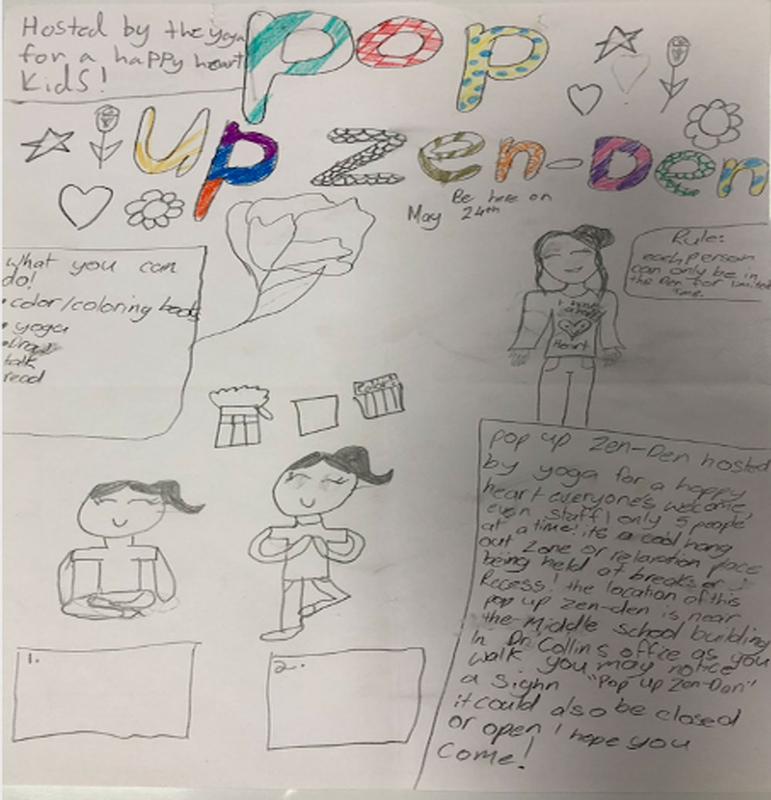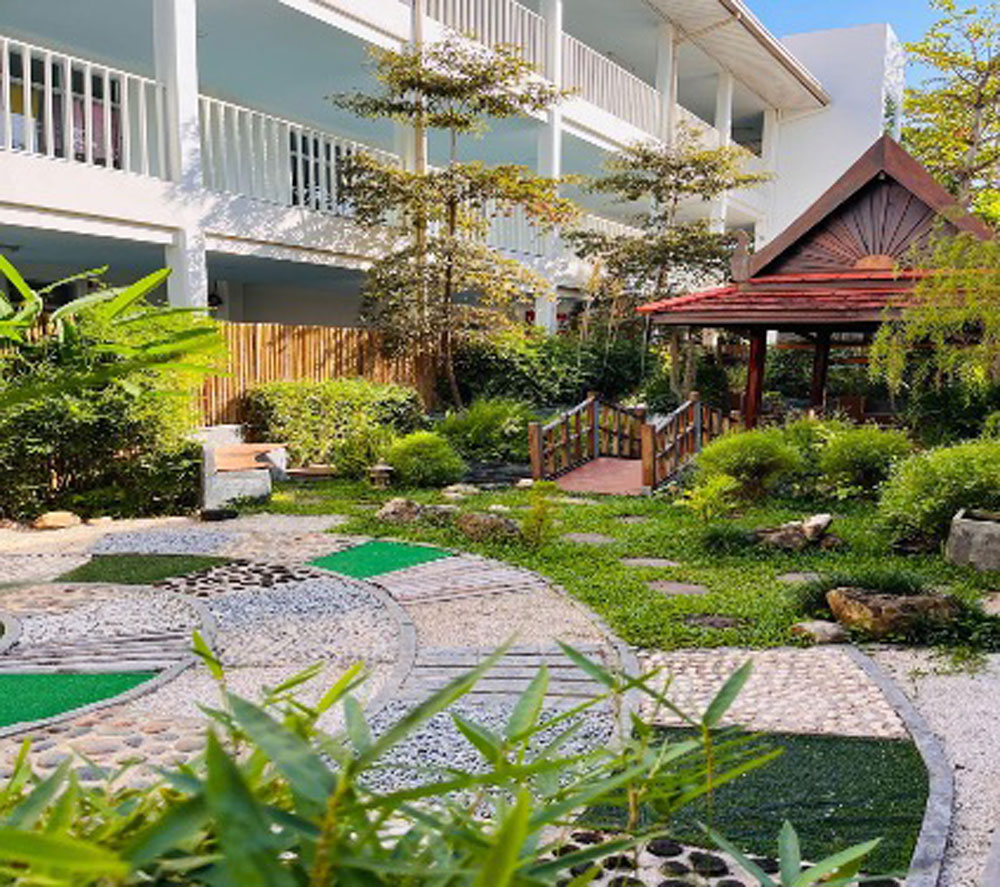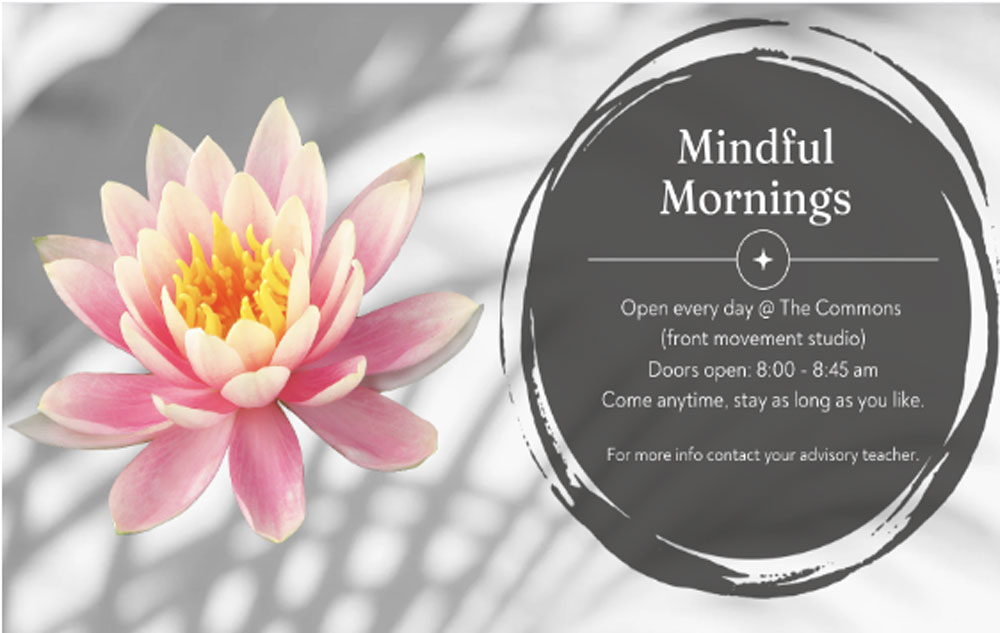(Photo source: Shafali)
--------------------------------------------------------------
In a world where our competence is measured by how fast we do things and how much we talk in class and meetings, it’s not surprising that we have forgotten to slow down and appreciate the old maxim, “Speech is silver and silence is golden.” According to Kalee Thompson, a holistic educator and currently the elementary school counselor at the American Embassy School, “Slowing down and pausing are vital! If we don’t slow down and pause, we have no time to reflect, we just keep going. Slowing down offers touchstones of reflection, integration, and peace.”
Why are slowing down and silence important?
There have been a lot of studies and research about the multiple benefits of slowing down and silence. We will delve into the positives of slowing down by sharing some of our reflections below:
- Slowing down makes time for processing the voices within and outside of us. This allows for time to unlearn and learn new things as we approach situations from multiple perspectives.
- When we choose to be silent, it paves the way for true listening, listening for understanding instead of us feeling compelled to respond and react. It helps us appreciate what we have heard and be more objective and informed in our stances.
- Silence is meditative and allows us to pay attention to sounds and rhythms outside our immediate vicinity and makes us realize that there is so much that is worth paying attention to for a meaningful connection with nature.
- Being quiet encourages us to pay attention to our feelings and thoughts as they arise. This allows us to be more cognizant of our emotional states and how they affect our interactions with others.
- Pausing throughout the day lowers our cortisol levels and decreases stress. This improves our overall health and well-being and allows us to be more patient and open when working with students and colleagues.
- Slowing down gives us a mental space to connect the dots and move forward with intentionality.
How might we reclaim slowing down and silence?
We need to intentionally weave practices into our professional lives so that both adults and the children in our care have the opportunity to practice slowing down and experiencing the power of silence. Here are some ways we can reclaim slowing down and silence:
- Student and/or teacher-led initiatives: At the American Embassy School, students offered a “Zen Den,” a space for staff and students to drop in to slow down, meditate, pause, and just “be.” Similar offerings regularly can go a long way in fostering a culture of slowing down and pausing.

(Photo source: Kalee Thompson)
- Routines like painted reflections: Painted reflections, due to their multimodality, provide an opportunity to slow down, pause, and reflect in the most inclusive way possible. These are often used to tap into conceptual understanding, but these routines don’t have to be tied to academics. These can just be a space to capture random wonderings, a space to let go and just “be.”
- Create physical spaces that lend themselves to practicing slowing down and retreating within: The Vientiane International School (VIS) has a mindfulness garden, a space for quiet and contemplation. Sitting in the sala in the garden provides one with the opportunity to breathe, think, and listen carefully. To quiet the mind. To ground oneself in physical space. To see the light filtering through the trees and the gentle waving of green leaves under a blue sky with puffy white clouds.

The VIS mindfulness garden, complete with Koi fish. (Photo source: Megan Vosk) - Create times in the day for quiet activity. Some of the teachers at VIS decided to open the dance studio every day from 8:00 - 8:45 am before school starts for “Mindful Mornings.” This time is open to all teachers and students who want to start the day with meditation and breathing exercises. The group is drop-in, and people can come and go as they please, which makes it a low-pressure environment.

Mindful Mornings poster from VIS. (Photo source: VIS)
- Teach students about the positive effects of slowing down. Students in Grade 7 at VIS recently took a field trip to visit a local Buddhist monastery as part of an Individuals and Societies unit on beliefs. At the monastery, the students had the opportunity to interview one of the monks. The monk explained the benefits of meditation to the students and answered questions about how his life had changed as a result of his daily schedule and practices. It was an eye-opening experience.
- Provide opportunities for slowing down within the curriculum: The course choices offered to students should reflect our values and beliefs. If we value slowing down, our curriculum should show that. Students in Grades 6-9 at VIS were given a chance to enroll in a six-week, 12-hour elective class called “Mindfulness through the Lens of Lao Buddhism.” Nine students signed up. In this class, two monks from a nearby monastery came to the school and taught basic meditation techniques to the students. The students shared their learnings with the broader community at a schoolwide assembly that was held after the elective finished. It was a powerful experience as everyone in attendance collectively took a break and breathed together.
- Connect lessons on socio-emotional learning to stress-reducing practices: Students at many other schools have advisory group check-ins every morning around topics like reducing anxiety, preparing for tests, managing stress, and paying attention to one’s breath. One of Megan’s favorites is the 5-4-3-2-1 grounding meditation, which asks students to name five things they can see, four things they can touch, three things they can hear, two things they can smell, and one thing they can taste in their environment.
Conclusion:
To face the challenges of today’s world, we need the mental and emotional capacity to see clearly, look deeply, and reflect carefully. When we rush from one thing to the next without stopping, we run the risk of acting reactively. We cannot solve problems that arise if we cannot think straight. We can, however, cultivate space in our hearts by slowing down and paying attention. Slowing down is a skill that can be nurtured with practice. This is necessary now more than ever.
Resources:
If you would like to explore this topic further, here are a few resources that we highly recommend.
--------------------------------------------------------------
Megan Vosk teaches the Middle Years Program Individuals and Societies and English Language Acquisition at Vientiane International School. She is also the chair of the Association for Middle Level Education (AMLE) teacher-leader committee.
X (formerly Twitter): @megan_vosk
Shafali is a multilingual learner specialist who teaches at the American Embassy School.
X (formerly Twitter): @ShafaliShafali



